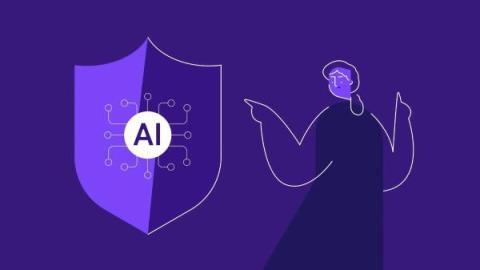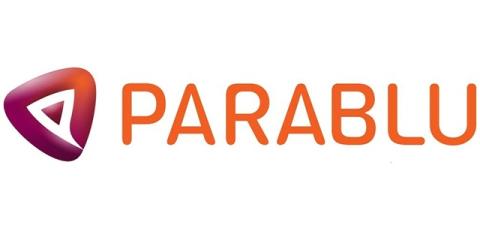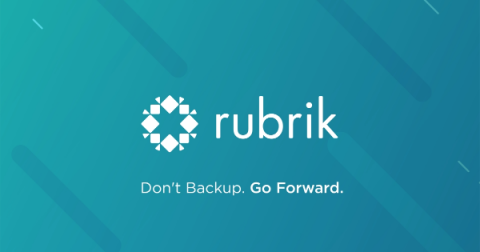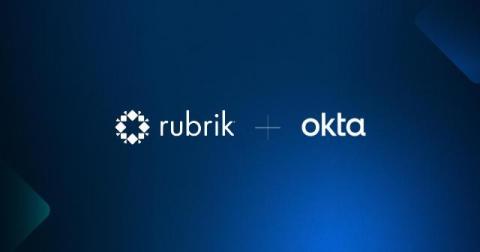This Month in Datadog: New Cloud SIEM Content Packs, Anthropic integration, Metrics Volume, and more
Datadog is constantly elevating the approach to cloud monitoring and security. This Month in Datadog updates you on our newest product features, announcements, resources, and events. This month, we put the Spotlight on new Cloud SIEM Content Packs..











